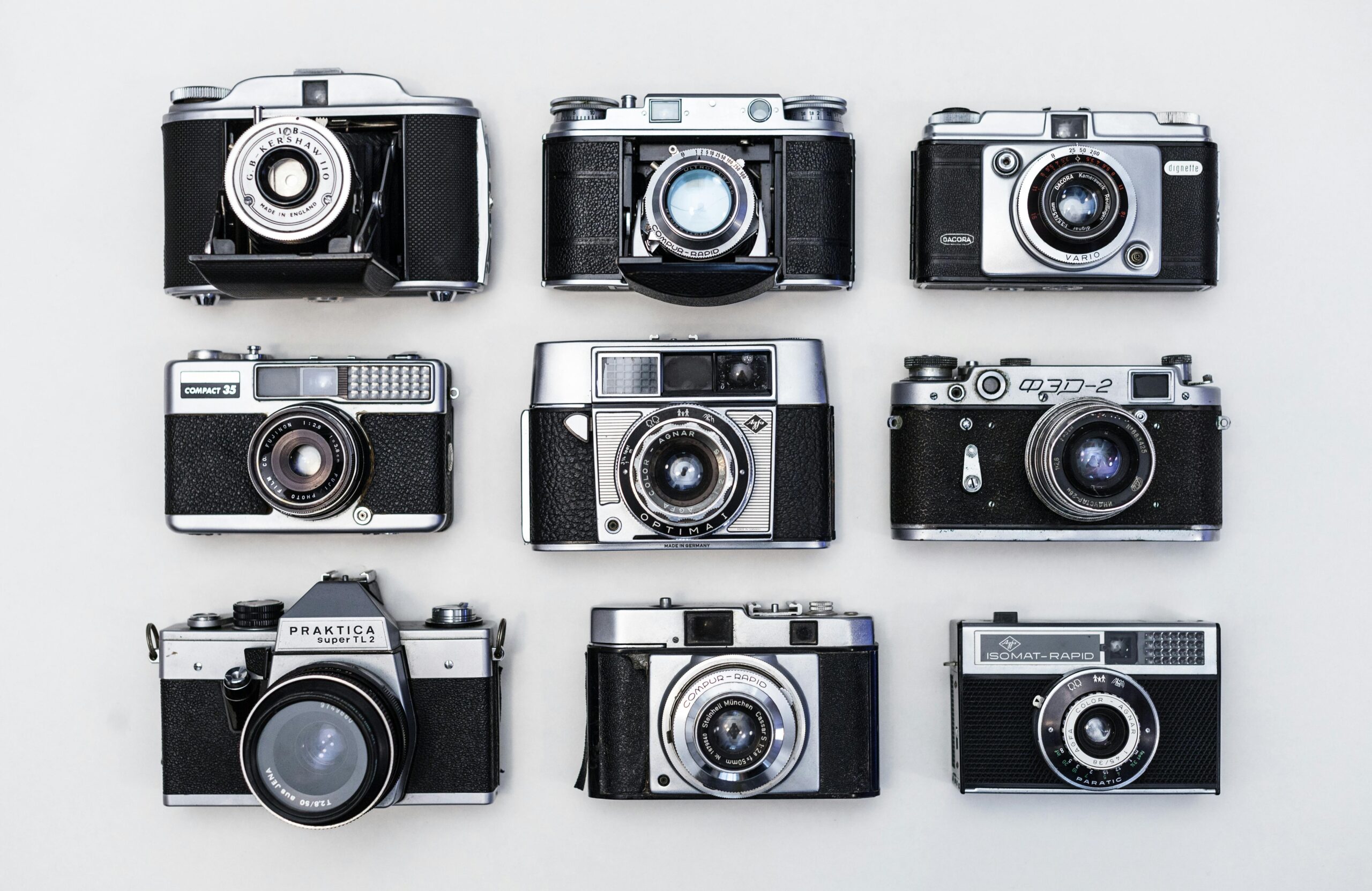The History of Virtual Tours
A Journey Through Time and Technology
Welcome to Virtual Tours LLC’s deep dive into the history of virtual tours. From rudimentary beginnings to the advanced technological wonders of today, the evolution of virtual tours is a fascinating story of innovation, creativity, and the relentless pursuit of more immersive experiences.
Early Beginnings
The Concept of Panoramas (Late 18th Century)
The idea of creating a 360-degree view of a landscape first came to life with the panorama paintings of the 18th century. These paintings were displayed on cylindrical surfaces and designed to be viewed from the inside, giving the viewer a sense of being surrounded by the scene. This early attempt at immersive art laid the groundwork for what would eventually evolve into panoramic photography and, much later, virtual tours.
Development of Panoramic Photography (Mid 19th Century)
Photography took the first real step towards what we would recognize as virtual tours today. In the mid-19th century, photographers began experimenting with new techniques to capture wide views of landscapes and city scenes. The invention of the daguerreotype and its subsequent adaptations allowed for the creation of panoramic images by carefully aligning multiple exposures of a scene.
Technological Innovations
The Age of Computers and Digital Panoramas (Late 20th Century)
The development of computer technology brought significant advancements in panoramic photography. Software capabilities expanded in the 1980s and 1990s, allowing for the stitching of multiple images into a single, seamless panoramic image. This was the precursor to the modern virtual tour.
QuickTime VR and the Rise of Virtual Reality (1990s)
Apple Inc.’s introduction of QuickTime VR in 1994 marked a pivotal moment in the history of virtual tours. This technology allowed users to interact with photos and panoramas on their computers in ways that had not been possible before, providing the foundation for today’s interactive virtual tours.
The Modern Era
The Expansion into 360-Degree Video (Early 21st Century)
The early 2000s saw another leap forward with the advent of 360-degree video technology. This innovation enabled the capture of video in all directions at the same time, providing a more dynamic and engaging experience than static images alone could offer.
Mainstream Adoption and Integration (2010s-Present)
The widespread availability of high-quality digital cameras, smartphones, and VR headsets has democratized virtual tour technology, making it accessible to not just professionals but also amateurs and hobbyists. Major platforms like Google Street View and real estate websites began integrating virtual tours as standard features, further establishing their importance in contemporary media.
Virtual Tours Today
Advanced Interactive Features
Today’s virtual tours incorporate a range of interactive elements, from clickable hotspots revealing additional information to embedded multimedia content like videos and sound clips. These features make virtual tours more engaging and informative, increasing their utility across various industries.
Virtual Tours LLC: Pioneering the Future
At Virtual Tours LLC, we are proud to be at the cutting edge of this technology. Our virtual tours are crafted with the latest in VR technology, combining high-resolution imagery, seamless navigation, and customizable interactive elements to create truly immersive experiences.
Looking Ahead
The future of virtual tours promises even greater advancements, with potential developments in AI, augmented reality (AR), and more sophisticated VR headsets. As these technologies continue to evolve, so too will the ways in which we explore and interact with the world around us, virtually.
Thank you for joining us on this journey through the history of virtual tours. At Virtual Tours LLC, we are excited to continue pioneering new ways to bring your worlds to life. Discover more about what we can do for your space by contacting us today.

